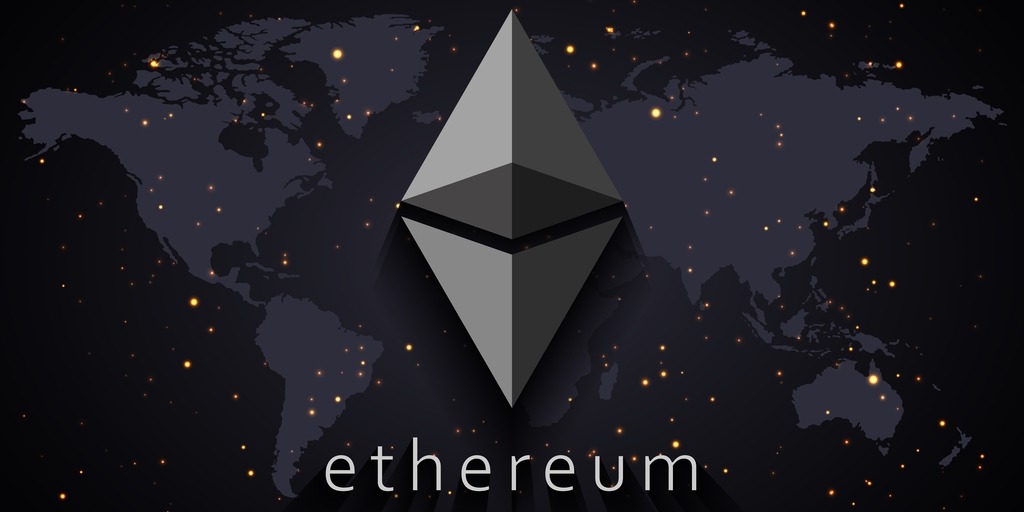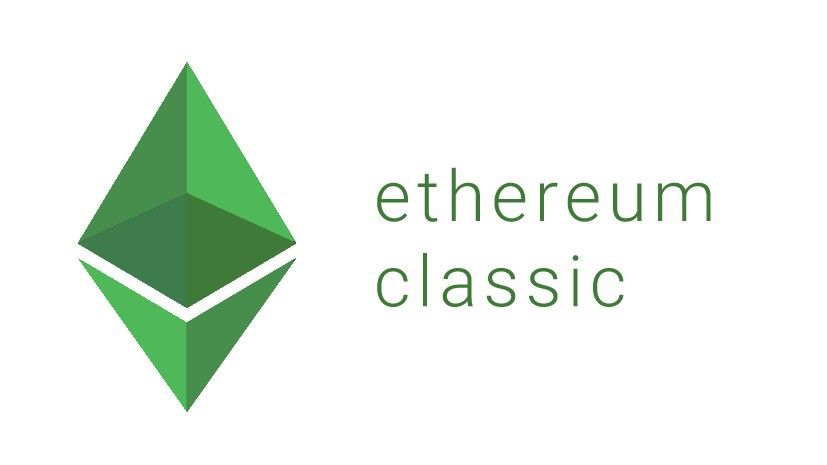Here is everything there is to know about: Ethereum Name Service (ENS)
Have you come across the word ENS recently? Let’s look at the Ethereum Name Service (ENS), covering its architecture and other specifics.
After years of using the internet, you’d hardly be surprised to learn how people used to visit websites in the early days of the internet. It wasn’t as simple as typing a website address into your browser’s address bar. On the other hand, people had to order the IP address, typically a string of numbers that were difficult to remember. Imagine typing long lines of numbers into your Instagram feed every time you want to check it.
Isn’t it a time-consuming task? Ethereum Name Service has emerged as a unique solution to the same problem in the crypto realm. Consumers must remember long and sophisticated addresses to access their crypto assets when it comes to crypto. For many users, especially beginners and non-tech-aware individuals, the crypto space’s highly technical nature might be overwhelming.
Everyone should be able to use crypto as quickly as they can use the internet, according to ENS. How? The following article will address the question, “What is Ethereum Name Service (ENS)?” and ponder how it adds value to the crypto realm.
The History of the Ethereum Name Service
It’s necessary to understand the background of Ethereum Name Service (ENS) before delving into its description. Why did ENS enter the crypto world? If you look closely at the world of blockchain and cryptocurrency, you’ll notice that it’s still in its infancy. Crypto transactions use hexadecimal strings of integers, similar to how IP addresses were used in the early days of the internet. As a result, different blockchain-based systems have accessibility and ease of use challenges.
You can learn about the issues of accessibility and ease of use by looking at examples of crypto transactions. If you wish to send a cryptocurrency payment, you’ll need a public wallet address. The shared wallet address is a nonsense string of characters and digits placed randomly. Furthermore, each crypto user has a different public address for each cryptocurrency. Then there’s ENS! With the long sequences of letters and numbers, you can see how brutal crypto can be.
ENS has shown to be a helpful tool for simplifying the crypto and DeFi sectors, particularly for novices. Users can generate universal aliases for their public addresses and decentralized accounts with it. Users can rely on one ENS Ethereum domain rather than an incomprehensible string of keys for many crypto addresses. By enabling mobile and compatible web 3.0 usernames across different decentralized apps and blockchains, ENS aims to serve as the naming protocol for decentralized internet services.
The short answer to the question “What is Ethereum Name Service?” is a simple lookup service built on the Ethereum blockchain. ENS aids in the linkage of data to a name and is compatible with Ethereum and other blockchain networks. In the case of public Ethereum addresses, you might think of ENS as a moniker generator, making crypto more accessible.
Also, read – MetaMask, An Ethereum Wallet, Announced – Token Launch Will Not Be A “Cash Grab.”
ENS works by mapping long public addresses and replacing them with short, easy-to-understand names. However, it aids in converting machine-readable addresses to human-readable addresses on other blockchain networks. By considering the architecture of Ethereum Name Service, you can better understand how it operates.
ENS Architecture is a firm that specializes in the design
The ENS is a distributed, open technology that functions as an expandable naming system developed on the Ethereum blockchain. ENS’s operations are dependent on its architecture, which consists of two key components that perform different duties. The registry and resolvers are two fundamental features of the ENS architecture. Let’s look at the ENS architecture in more detail to see the benefits of Ethereum Name Service and how it works.
The ENS Registry is a database
The registry, which is essentially a single, smart contract, is the initial highlight of the ENS architecture. The ENS registry aids in the maintenance of a list of all domains and subdomains. The registrar keeps track of who owns a domain and who is the domain’s resolver. The domain owner in the Ethereum Name Service might be a smart contract or a user with external accounts. In addition, the registry keeps track of the caching time-to-live for all of the domain’s records.
The ENS registry also includes a registrar, a smart contract for domain ownership. Users who follow particular contract requirements are granted subdomains of the specific domain under their control by the registrar. Domain owners in the ENS Ethereum registry have the following privileges:
Changing the owner of a subdomain
TTL and resolver for the domain are assigned.
Changing the owner of a domain to a new location
The ENS registry’s principal role is to map a name to a resolver.
Resolvers
Resolvers are smart contracts that can make it easier to apply specific standards. The resolvers are a vital component of the ENS design, as they are responsible for most of the organization’s activity. Resolvers provide an apparent response to the question, “Is Ethereum Name Service safe?”
The resolver must develop mechanisms for delivering various records, such as bitcoin addresses and IPFS content hashes. Resolvers use the EIP standardization procedure to define new record types at any time. Surprisingly, the EIP standardization method eliminates the need for any ENS registry or existing resolver adjustments.
How Can I Make Use of ENS?
The advantages of Ethereum Name Service in making crypto solutions easier to use and accessible are remarkable. On the other hand, beginners may find the basic comprehension of ENS architecture to be quite tricky. Consider ENS to be a hybrid of two Ethereum-based smart contracts and the ENS registry and resolver. The ENS registry maintains documentation for all ENS-registered domains and keeps track of three critical pieces of information. On the other hand, the resolver is responsible for converting machine-readable addresses into domain names.
You’d want to learn about the various ways to use ENS. You can create a web3 username by going to the ENS app and searching for accessible domain names. After you’ve found the domain name you want, you’ll need to finish the Ethereum Name Service registration process in a few simple steps. The registration process entails the approval of two transactions from a wallet to pay annual fees. After obtaining domain ownership, you may link it to crypto wallets and websites and create multiple subdomains.
$ENS has launched!
Eligible users can claim their $ENS governance tokens at: https://t.co/ZGGfGLhdhS
No rush: You have until *May 4, 2022* to claim your tokens. Claiming costs gas, so feel free to wait for favorable gas prices.https://t.co/TuheiI0w9i
Blog or 🧵 for more👇
1/— ens.eth (@ensdomains) November 9, 2021
Who is in charge of the ENS?
In a discussion of what is Ethereum Name Service is and how it operates, the governance of ENS also jumps out as a significant worry. The fact that ENS is an open-source and decentralized initiative built on the Ethereum blockchain is its most prominent feature. ENSorganizationalThe ENS initiative distributed ENS tokens to various users while also establishing a DAO, or decentralized autonomous organization, to manage it. As a result, ENS management is not based on a regular organizational hierarchy.
The ENS token is an essential part of the ENS DAO’s governance by acting as a utility and a governance token. The ENS token aids in the submission of proposals and the casting of votes that influence the protocol’s future development. Any ENS token holder might vote in the ENS DAO’s numerous governance proposals.
What Makes Ethereum Name Service Unique?
The full explanation of ENS’ design, operation, and governance give a good idea of the tool’s capabilities. However, it’s natural to inquire about the unique features of ENS Ethereum that would entice individuals to use it. It functions similarly to DNS for the internet as a crypto naming service. The only distinction is that ENS offers a decentralized alternative to the internet’s traditional DNS.
Interoperability with Ethereum-based smart contracts, apps, and other smart contracts is ensured by using two smart contracts in the fundamental design of ENS. As a result, the Ethereum Name Service benefits assist in mitigating the risks associated with a single point of failure. Furthermore, the strength of blockchain provides a significant boost to security and censorship resistance.
ENS gives not only human-readable nicknames for complex crypto addresses but also provides acceptable security. Many people who wonder, “Is Ethereum Name Service safe?” should realize that ENS uses 256-bit cryptographic hashes fixed in length. ENS uses the Namehash technique to derive the hash from a specific name while maintaining the hierarchical features. The recursive approach might help create unique hashes for legitimate domain names. As a result, the cryptographic hashes provide ENS with increased security.
The availability of Ethereum Name Service as an open public utility is the primary service feature. ENS can provide formidable support for the crypto and DeFi ecosystem with the help of community governance and decentralized components.
Stay informed with daily updates from Blockchain Magazine on Google News. Click here to follow us and mark as favorite: [Blockchain Magazine on Google News].
Get Blockchain Insights In Inbox
Stay ahead of the curve with expert analysis and market updates.
latest from tech
Disclaimer: Any post shared by a third-party agency are sponsored and Blockchain Magazine has no views on any such posts. The views and opinions expressed in this post are those of the clients and do not necessarily reflect the official policy or position of Blockchain Magazine. The information provided in this post is for informational purposes only and should not be considered as financial, investment, or professional advice. Blockchain Magazine does not endorse or promote any specific products, services, or companies mentioned in this posts. Readers are encouraged to conduct their own research and consult with a qualified professional before making any financial decisions. The featured image used is just a creative depiction of the title and it does not intend to hurt sentiments of any person or institution. If it hurts anyone sentiments, please do not hesitate to reach out to Blockchain Magazine.

 Bitcoin
Bitcoin  Ethereum
Ethereum  XRP
XRP  Tether
Tether  Solana
Solana  Dogecoin
Dogecoin  USDC
USDC  Cardano
Cardano  Lido Staked Ether
Lido Staked Ether  TRON
TRON  Chainlink
Chainlink  Avalanche
Avalanche  Wrapped stETH
Wrapped stETH  Wrapped Bitcoin
Wrapped Bitcoin  Stellar
Stellar  Sui
Sui  Hedera
Hedera  Toncoin
Toncoin  Shiba Inu
Shiba Inu  WETH
WETH  Polkadot
Polkadot  Parkcoin
Parkcoin  Litecoin
Litecoin  LEO Token
LEO Token  Bitcoin Cash
Bitcoin Cash  Bitget Token
Bitget Token  Uniswap
Uniswap  Hyperliquid
Hyperliquid  Official Trump
Official Trump  Wrapped eETH
Wrapped eETH  Pepe
Pepe  USDS
USDS  NEAR Protocol
NEAR Protocol  Ethena USDe
Ethena USDe  Aave
Aave  Aptos
Aptos  Internet Computer
Internet Computer  Ondo
Ondo  WhiteBIT Coin
WhiteBIT Coin  Ethereum Classic
Ethereum Classic  Monero
Monero  POL (ex-MATIC)
POL (ex-MATIC)  Mantle
Mantle  Cronos
Cronos  Algorand
Algorand  OKB
OKB  Render
Render  Dai
Dai 




